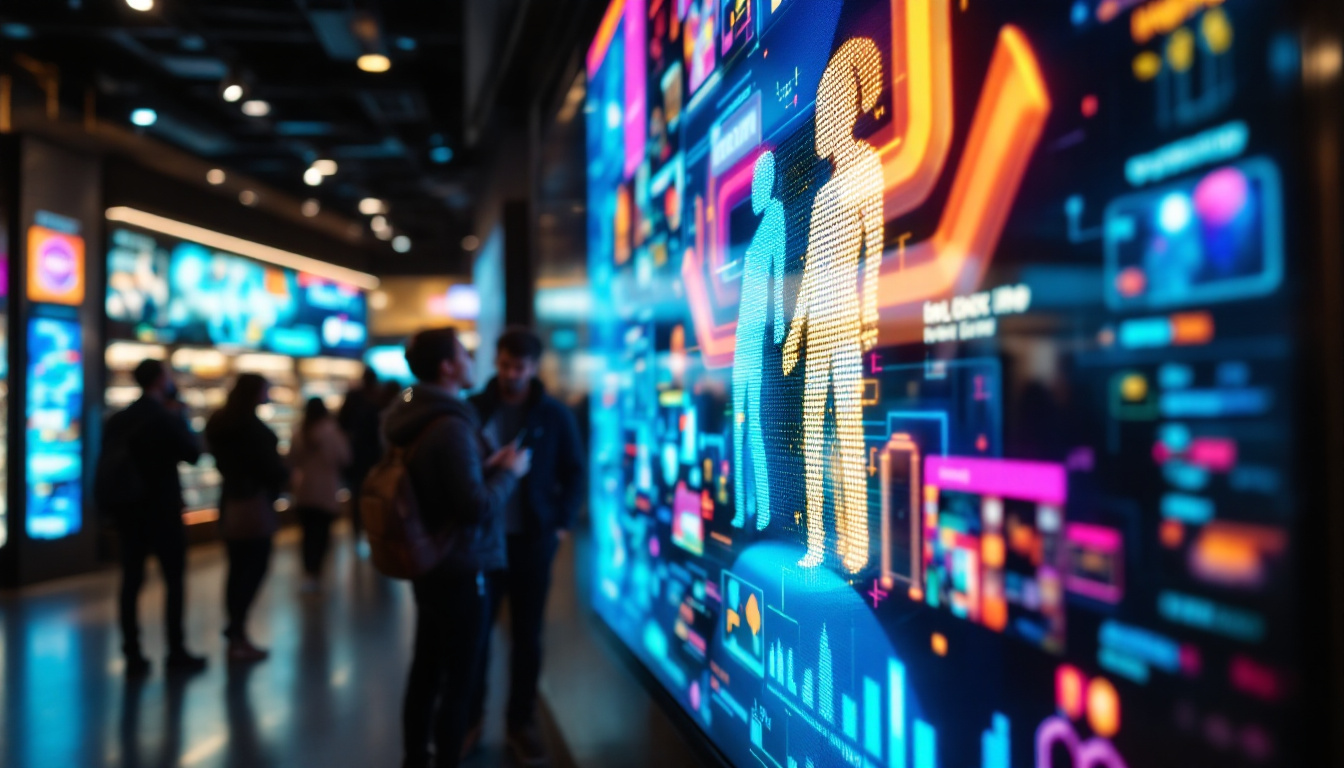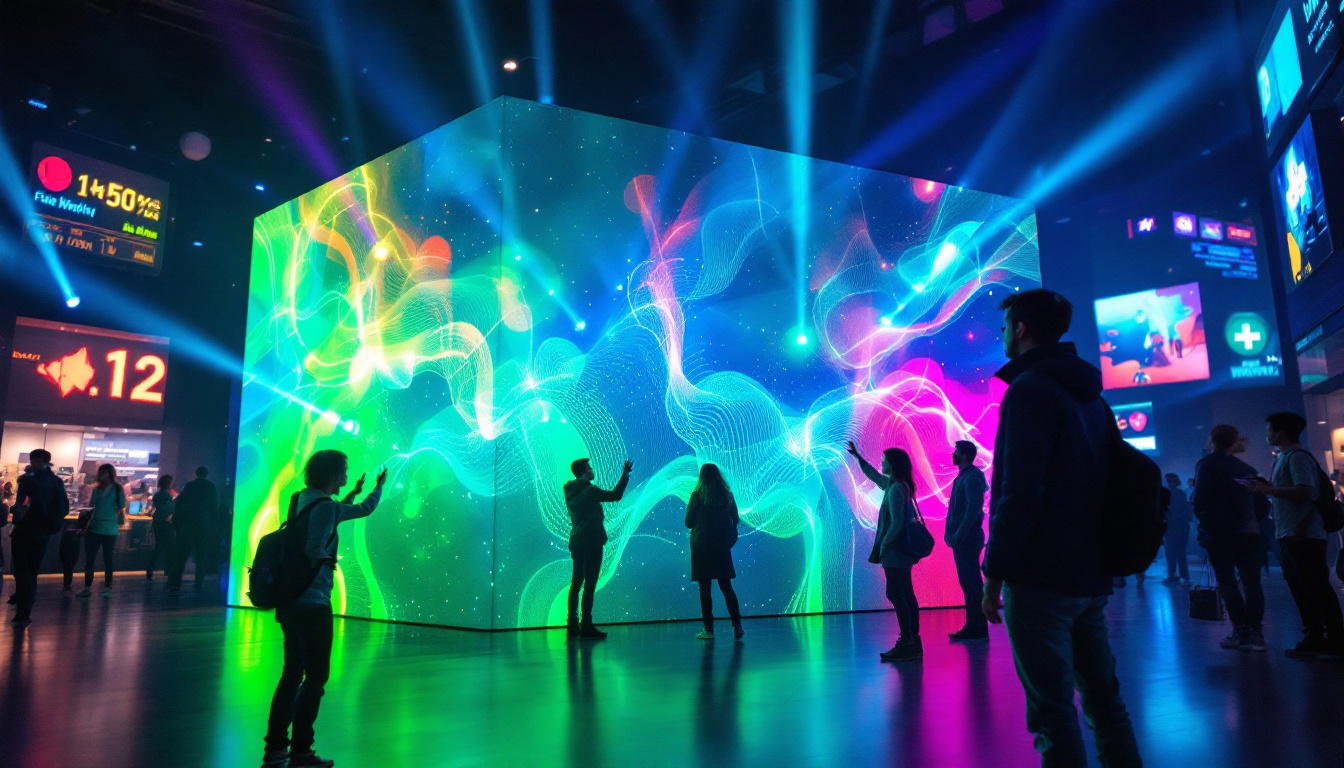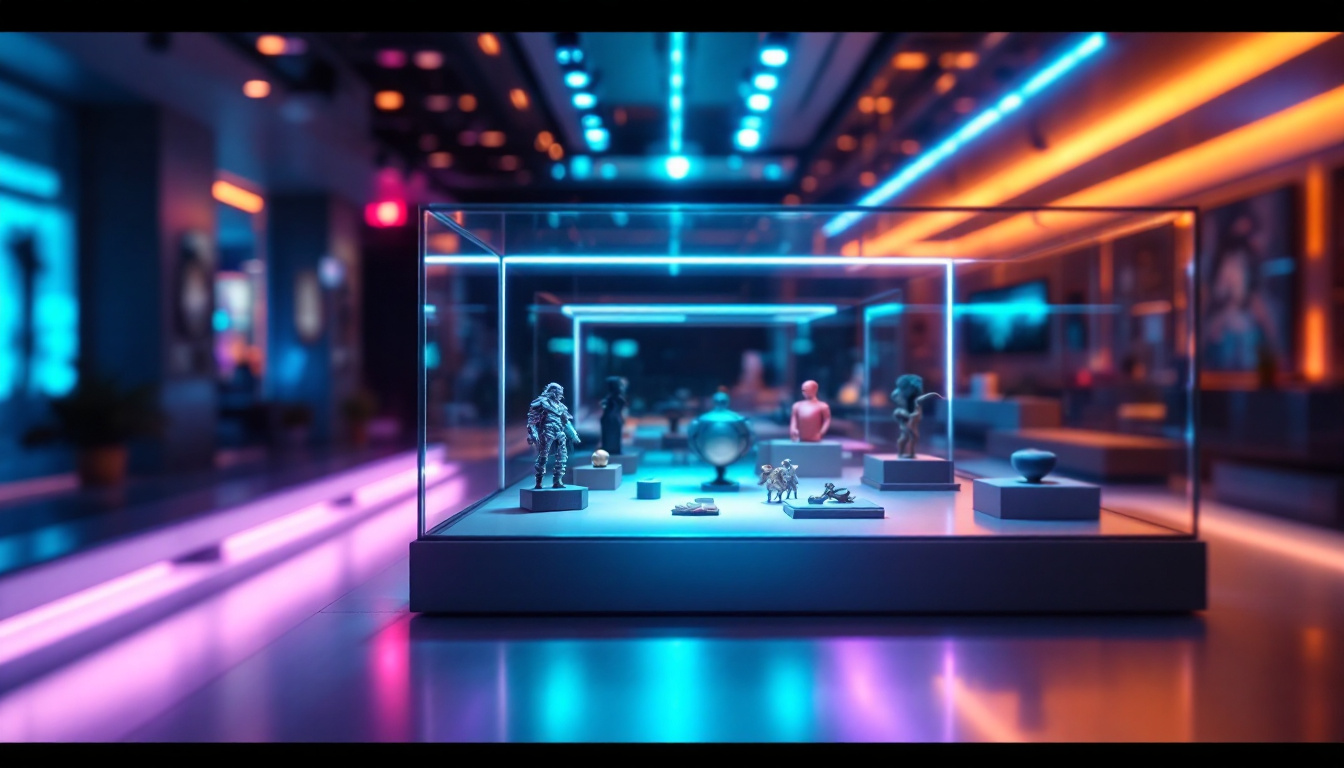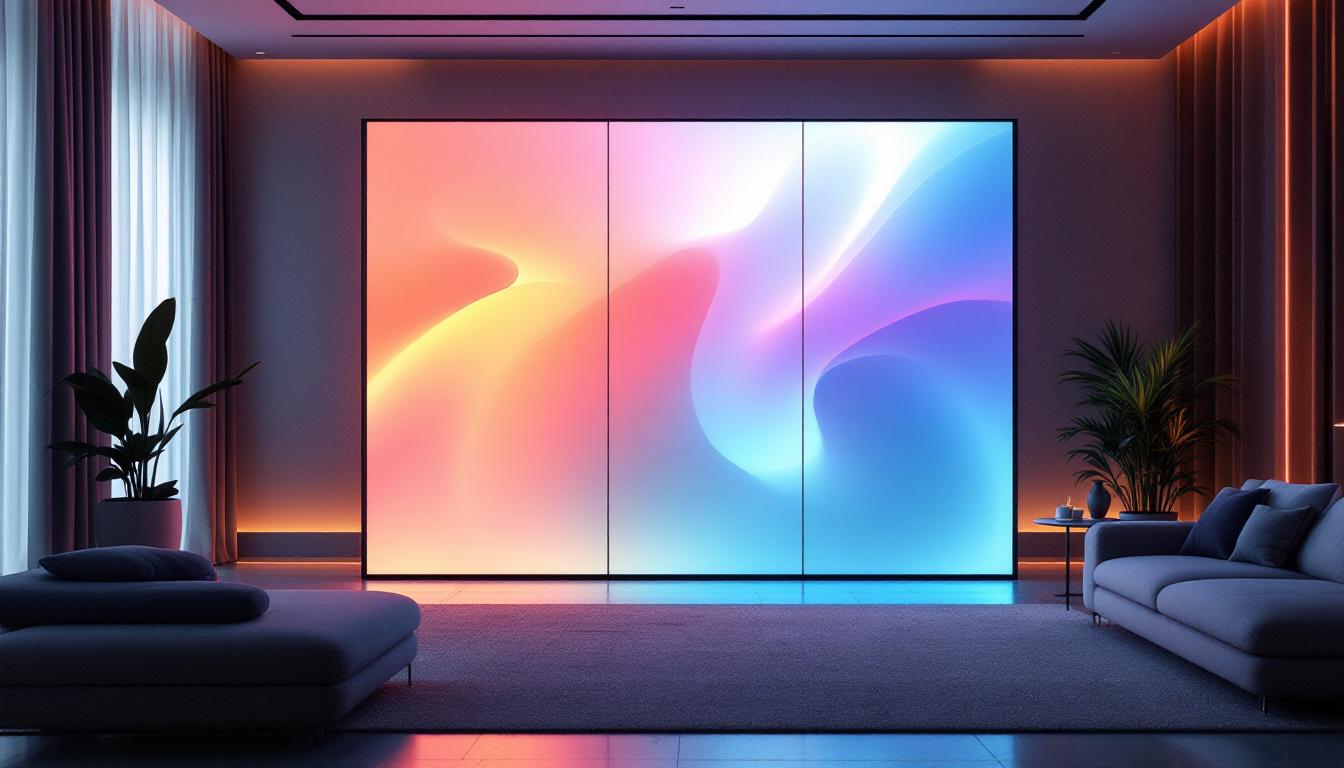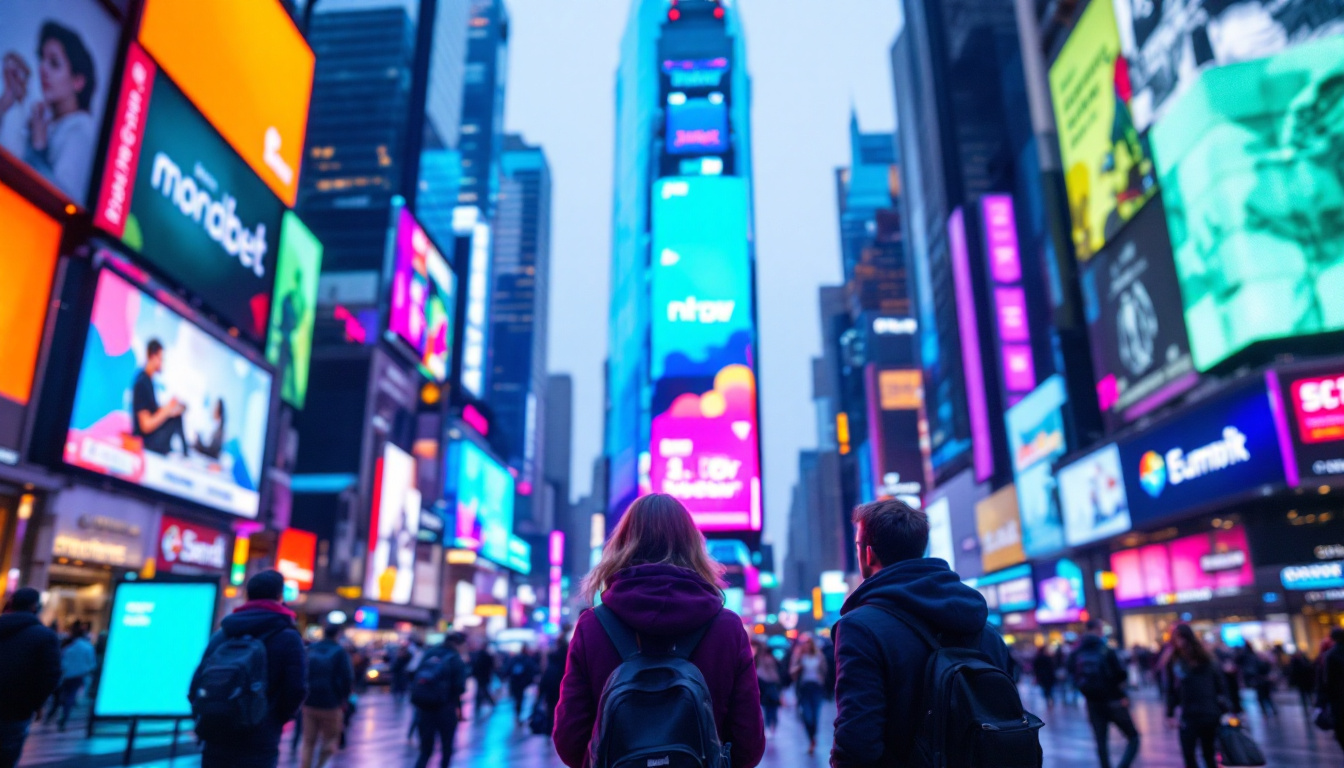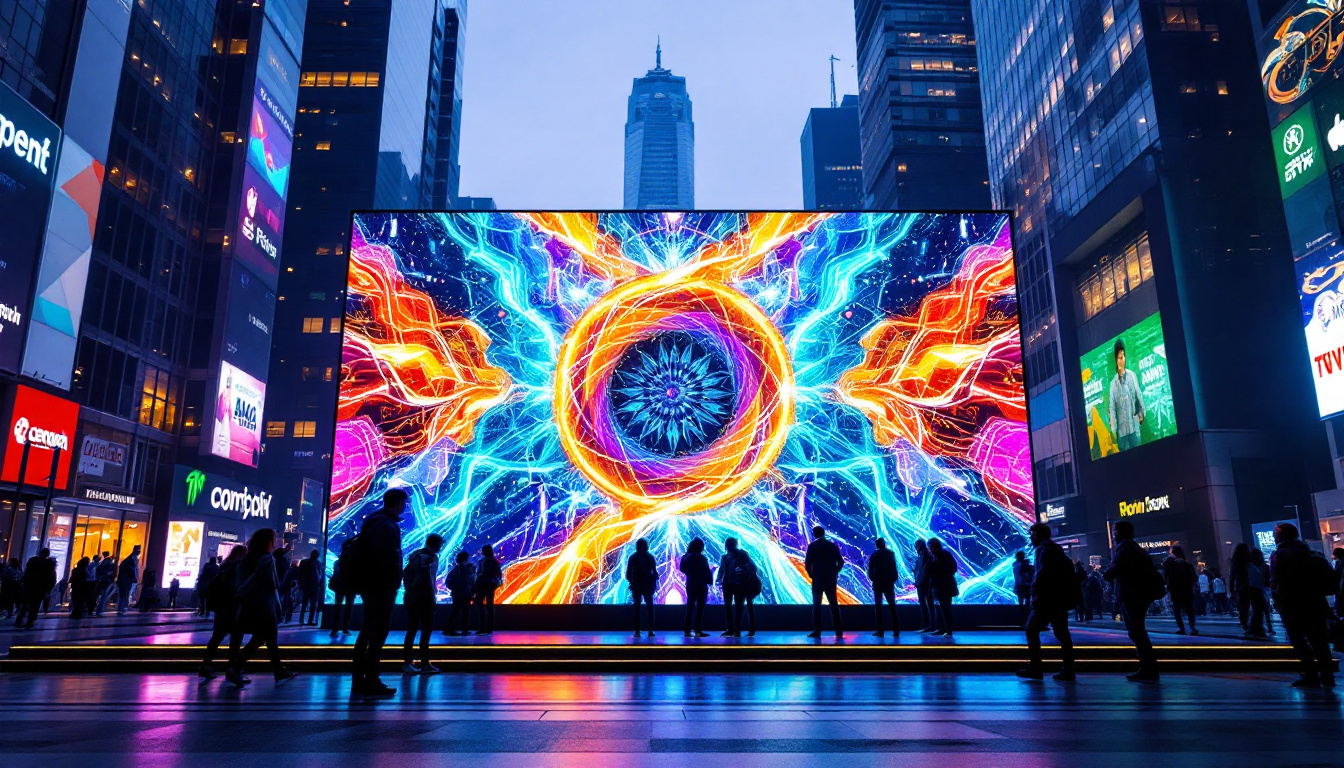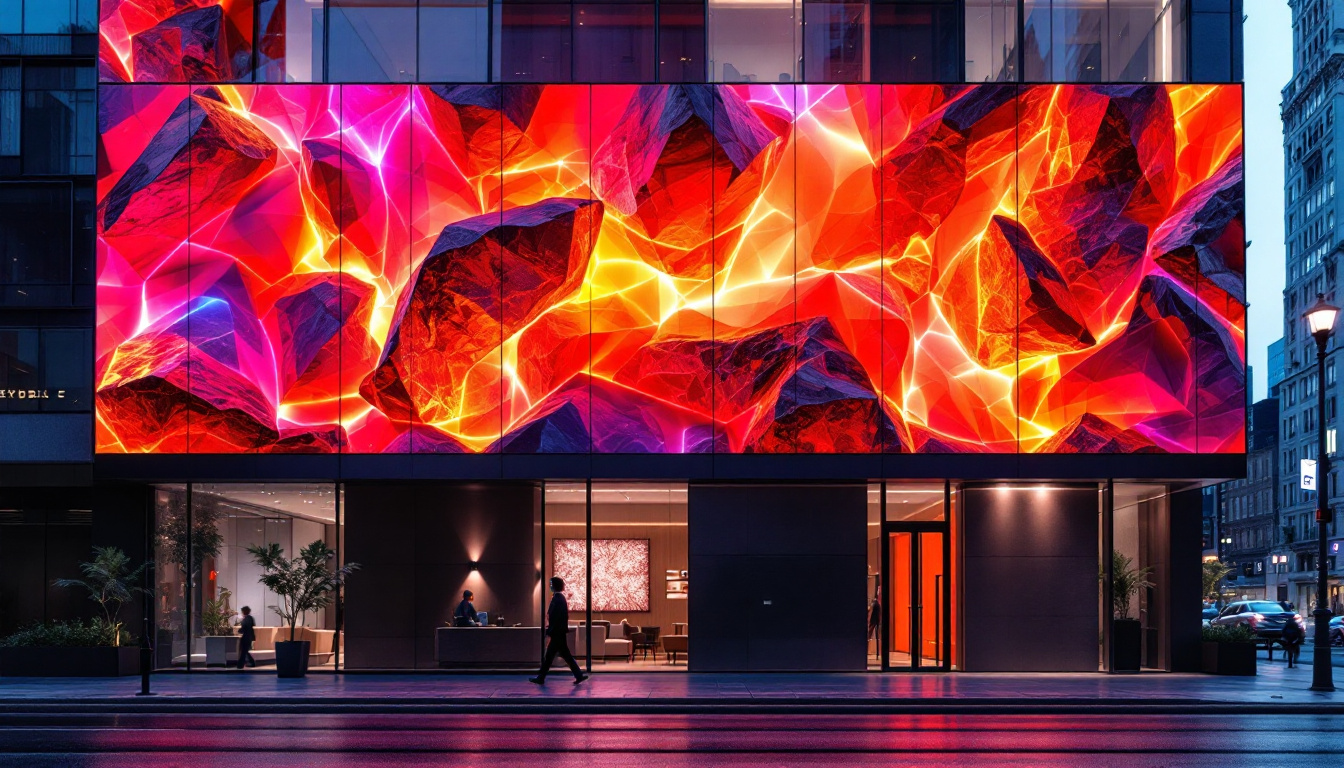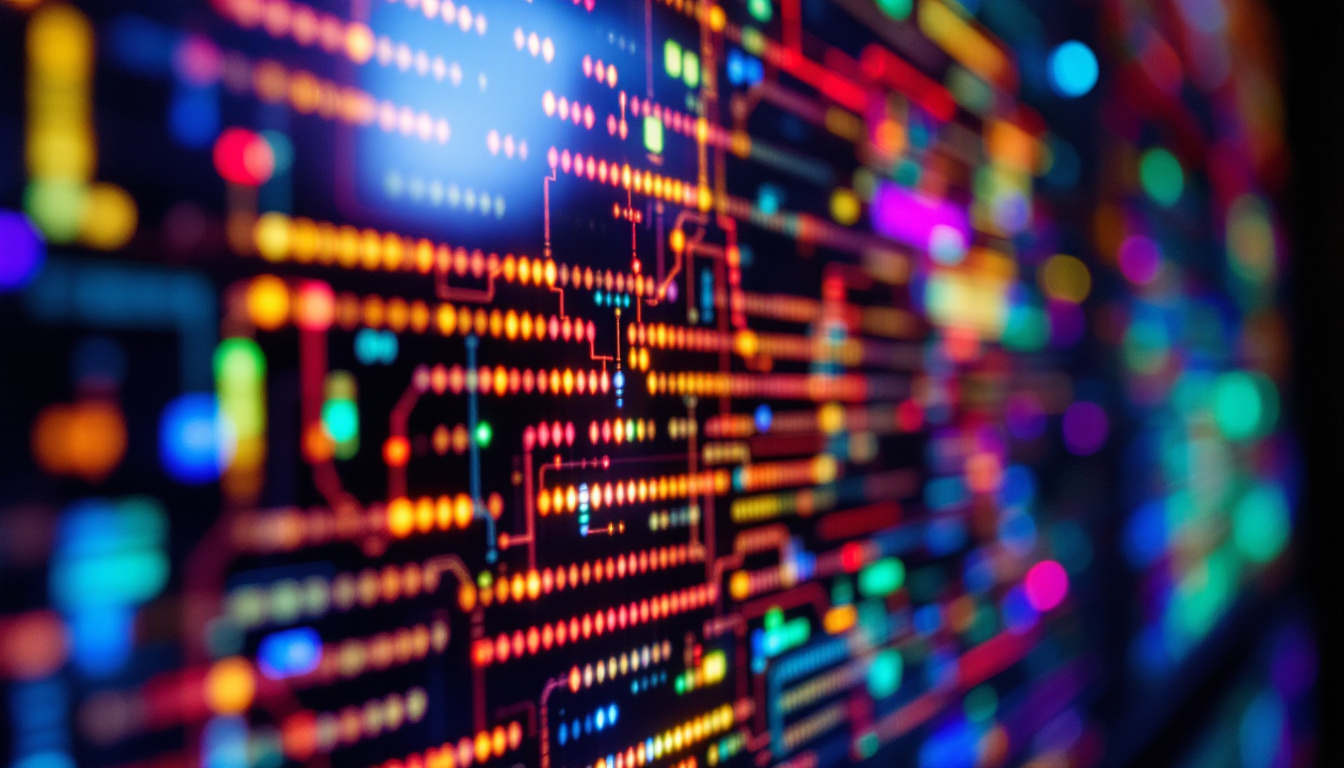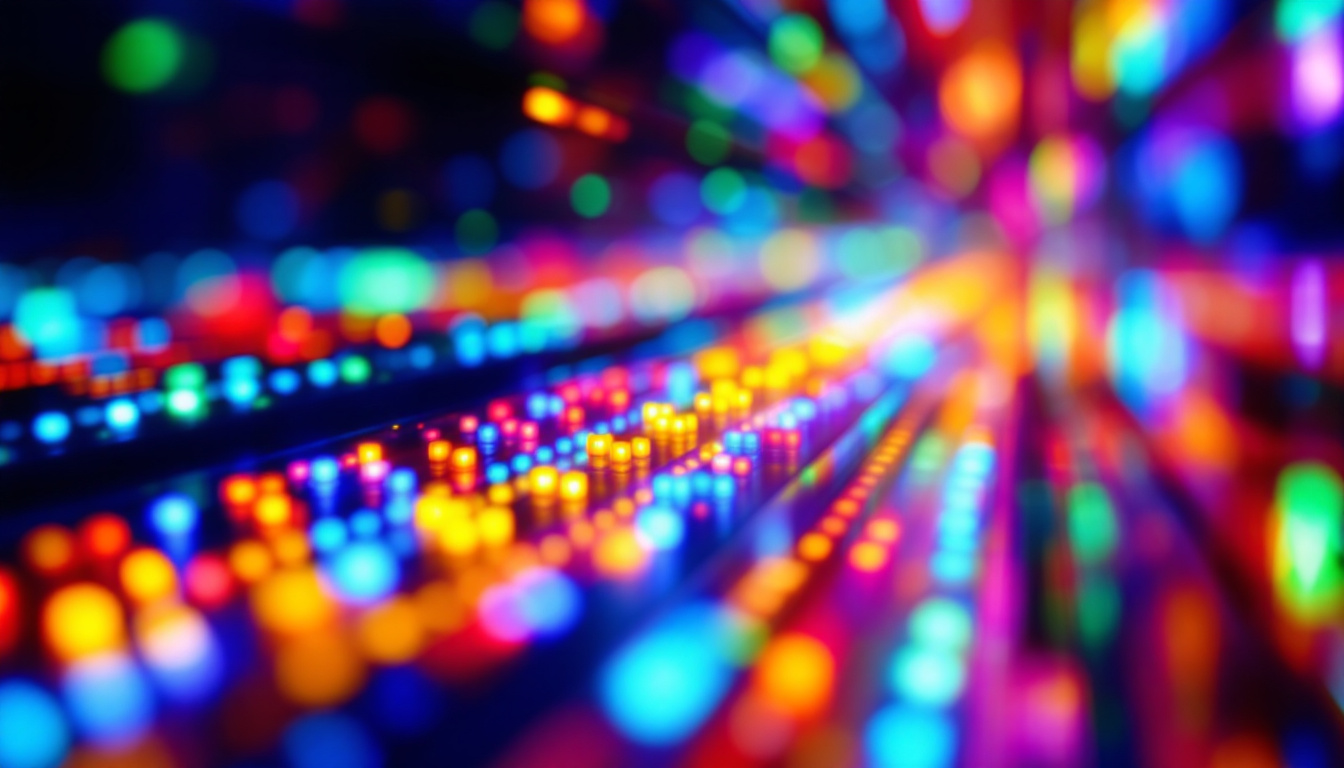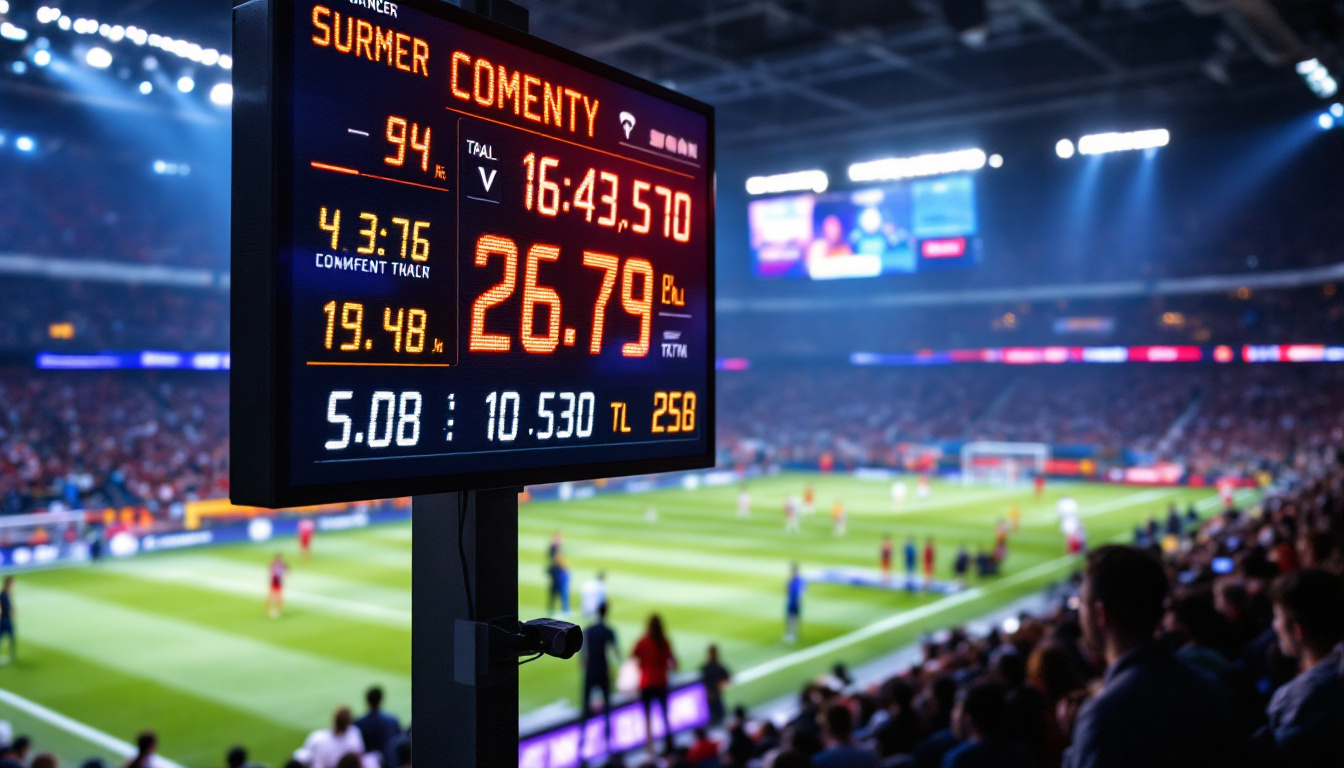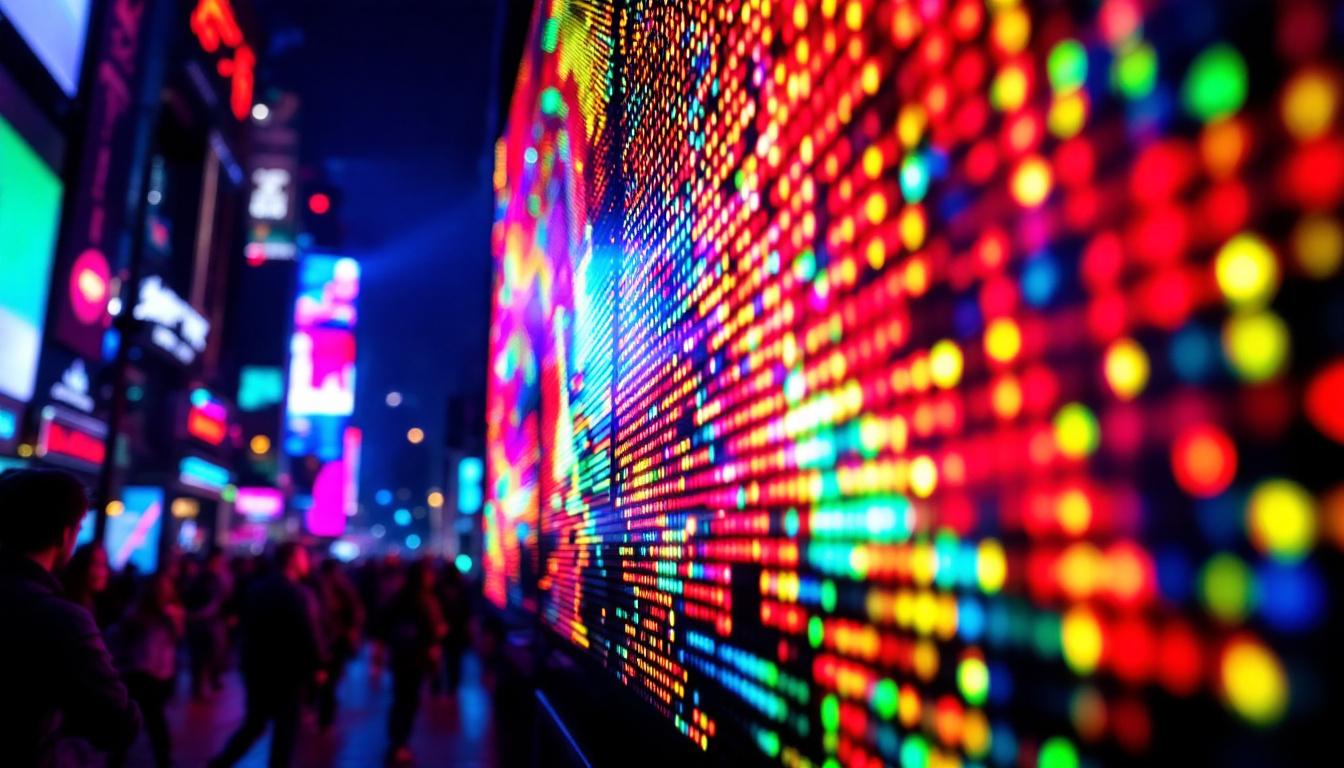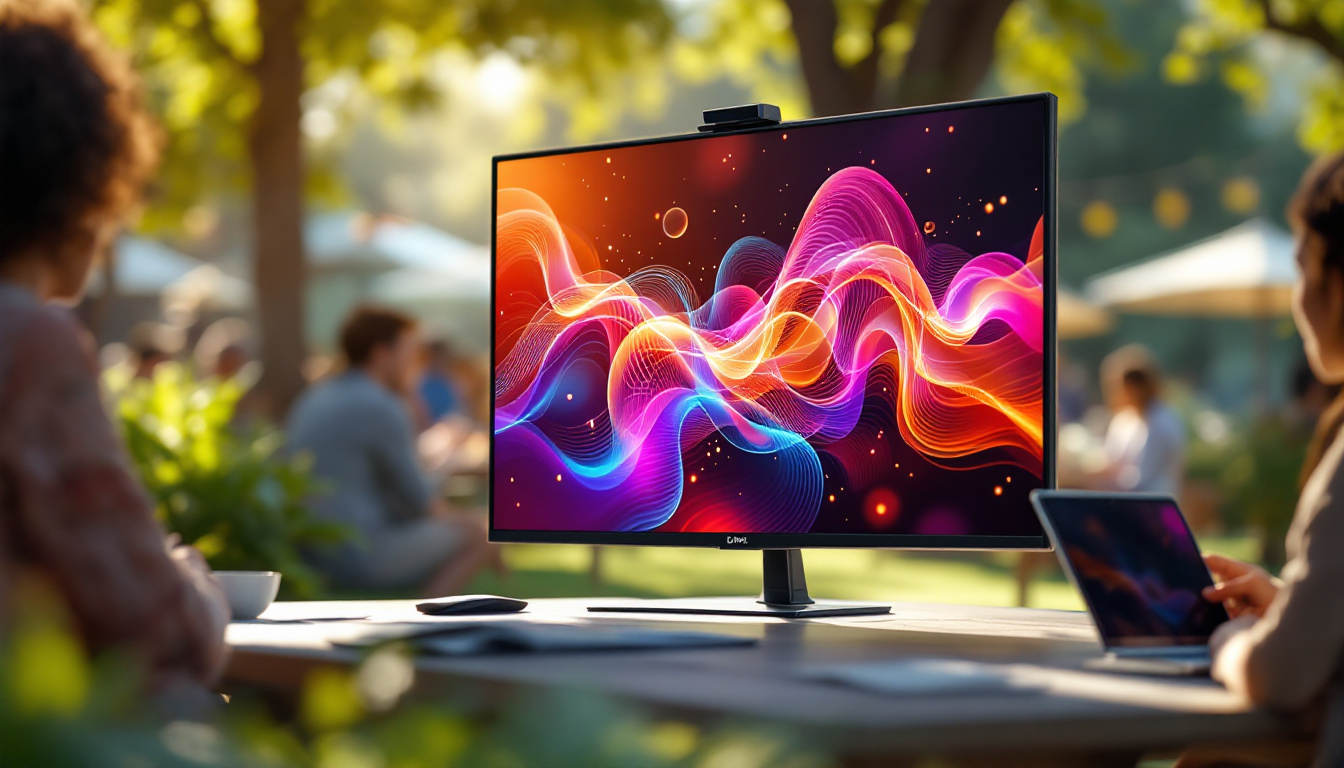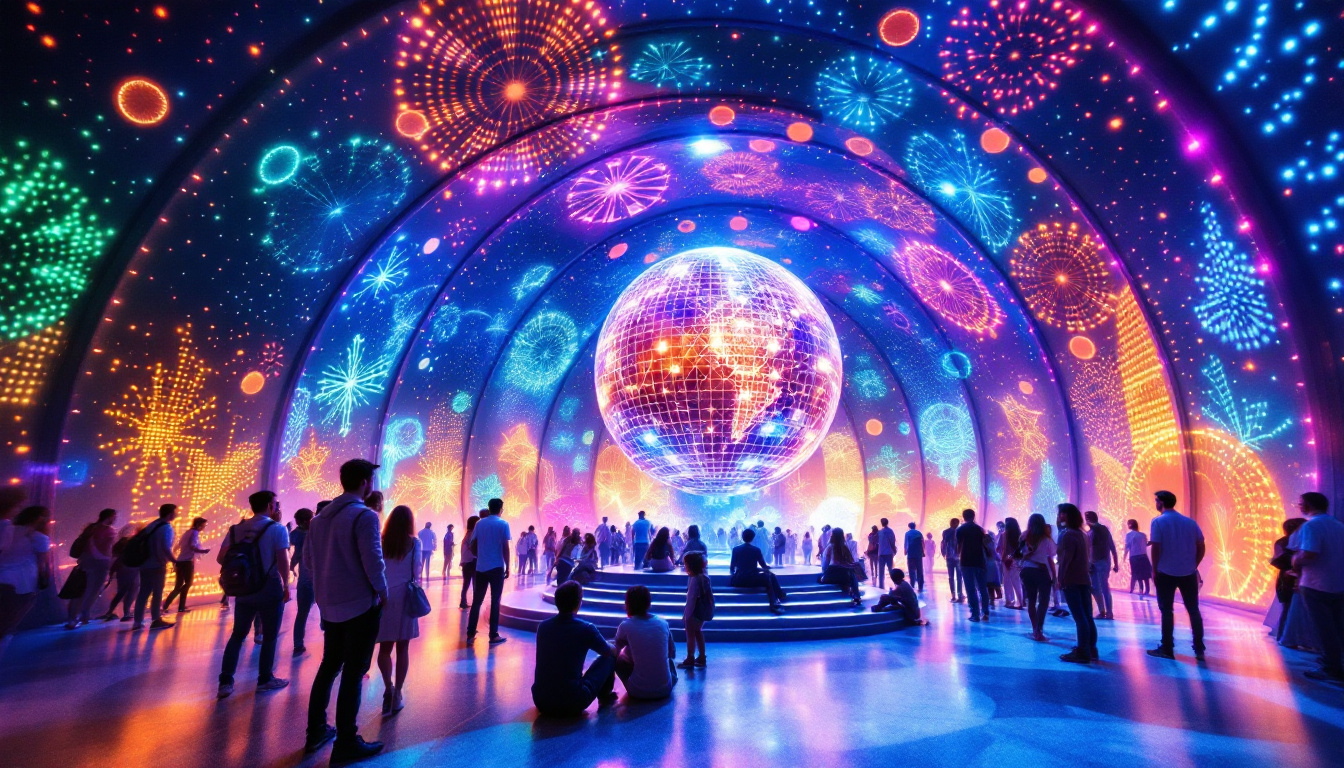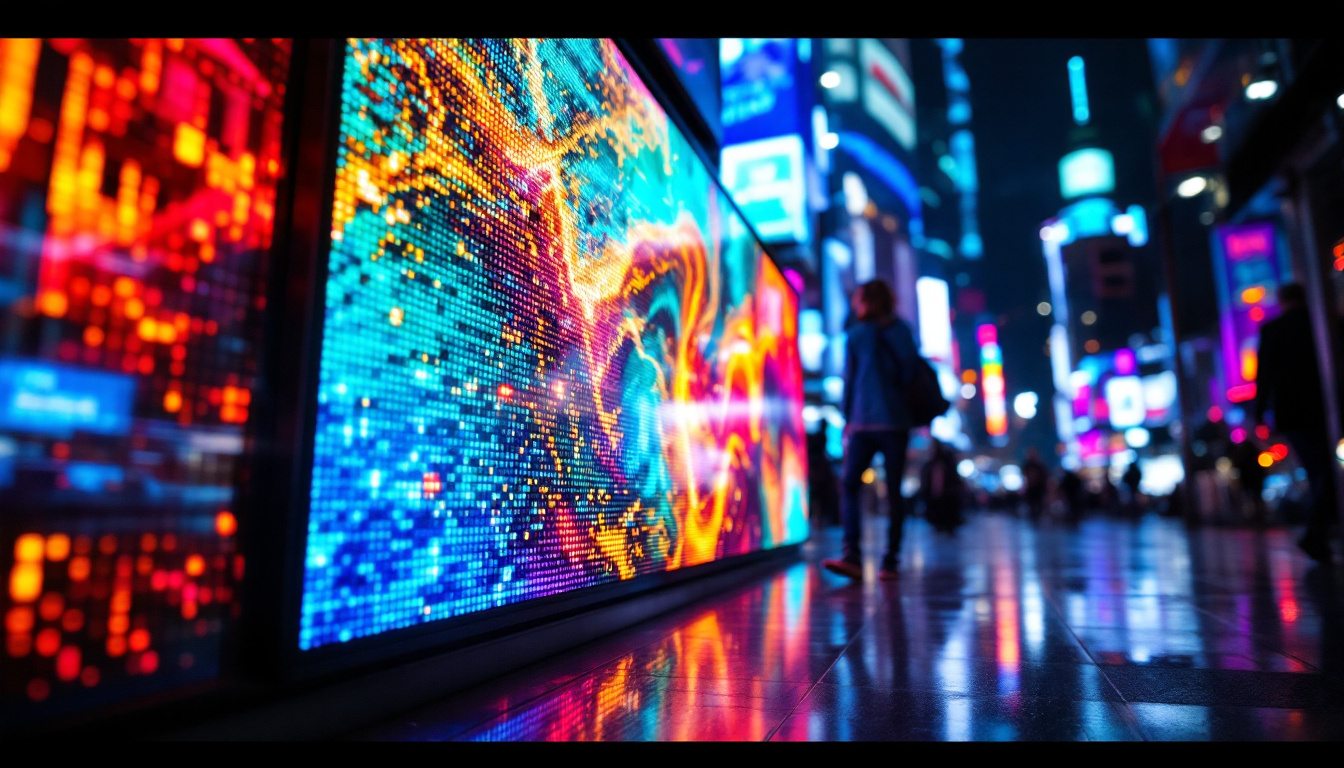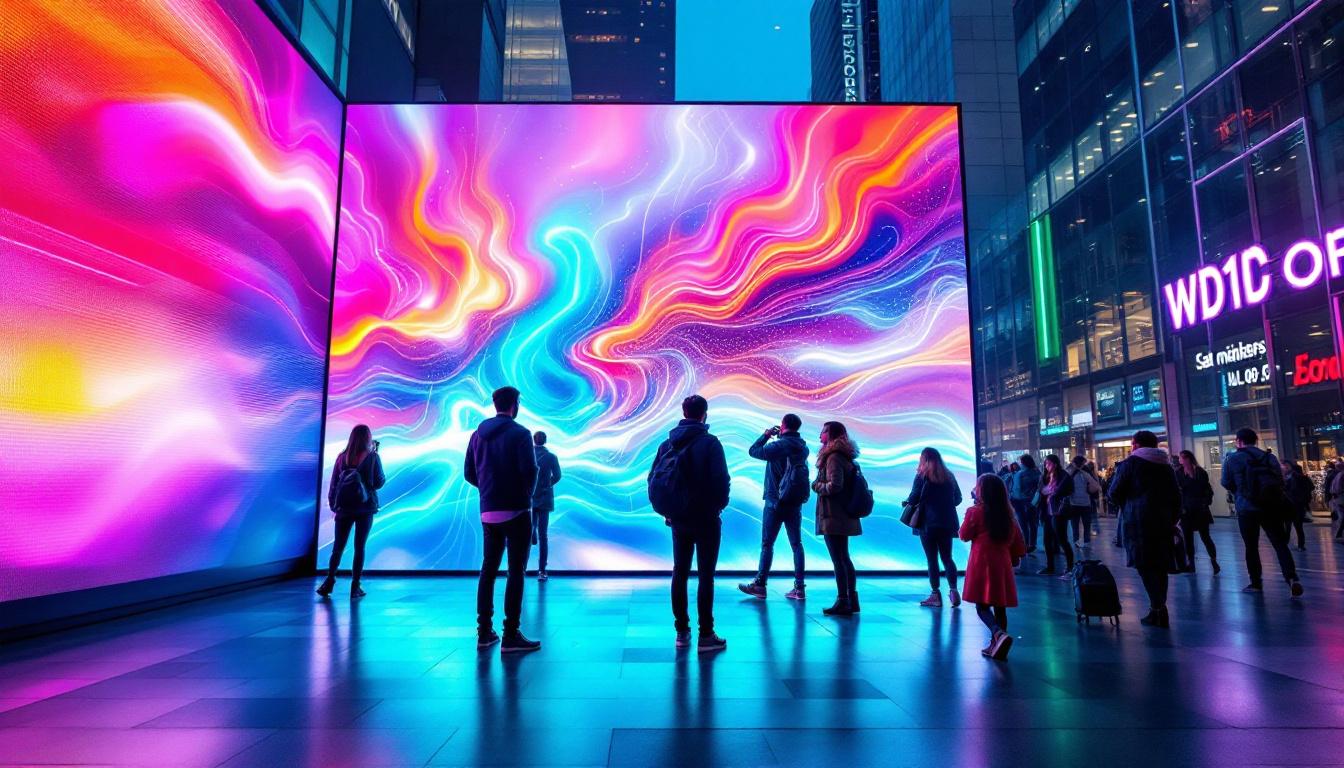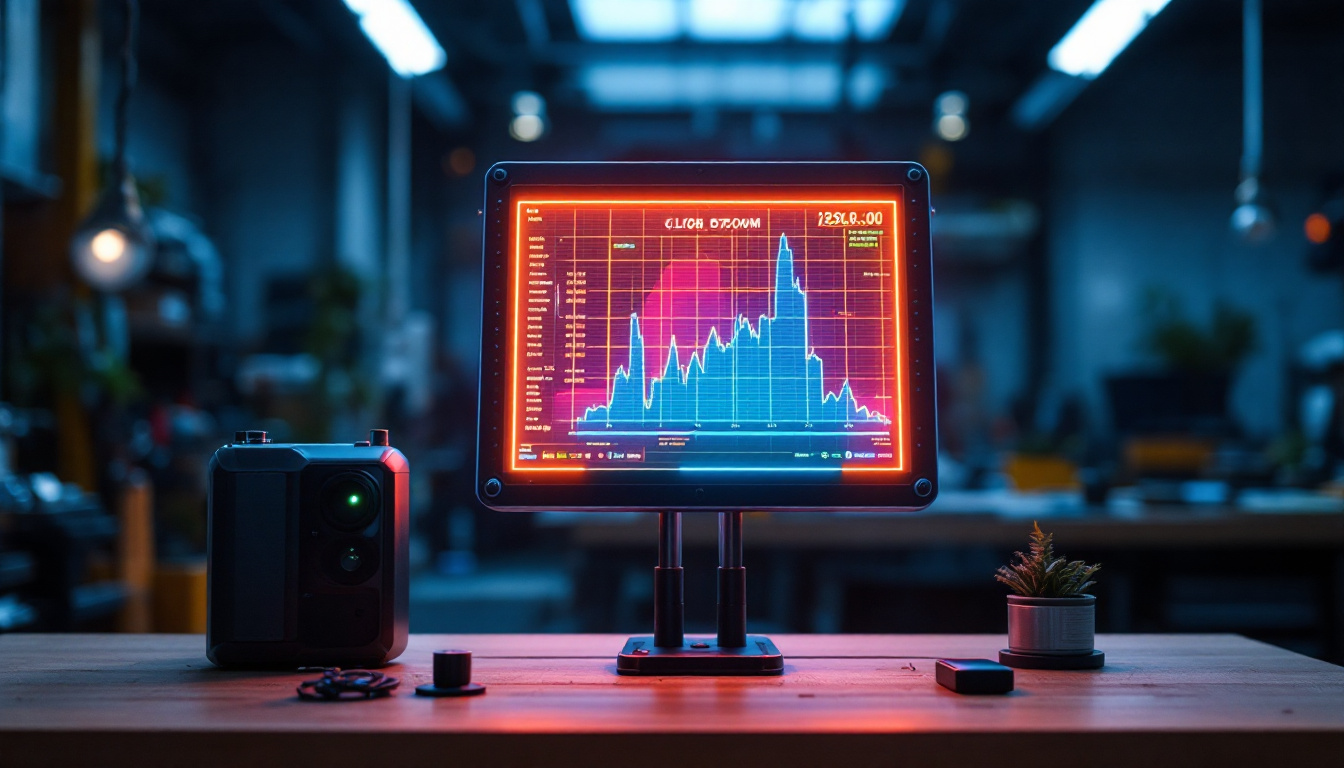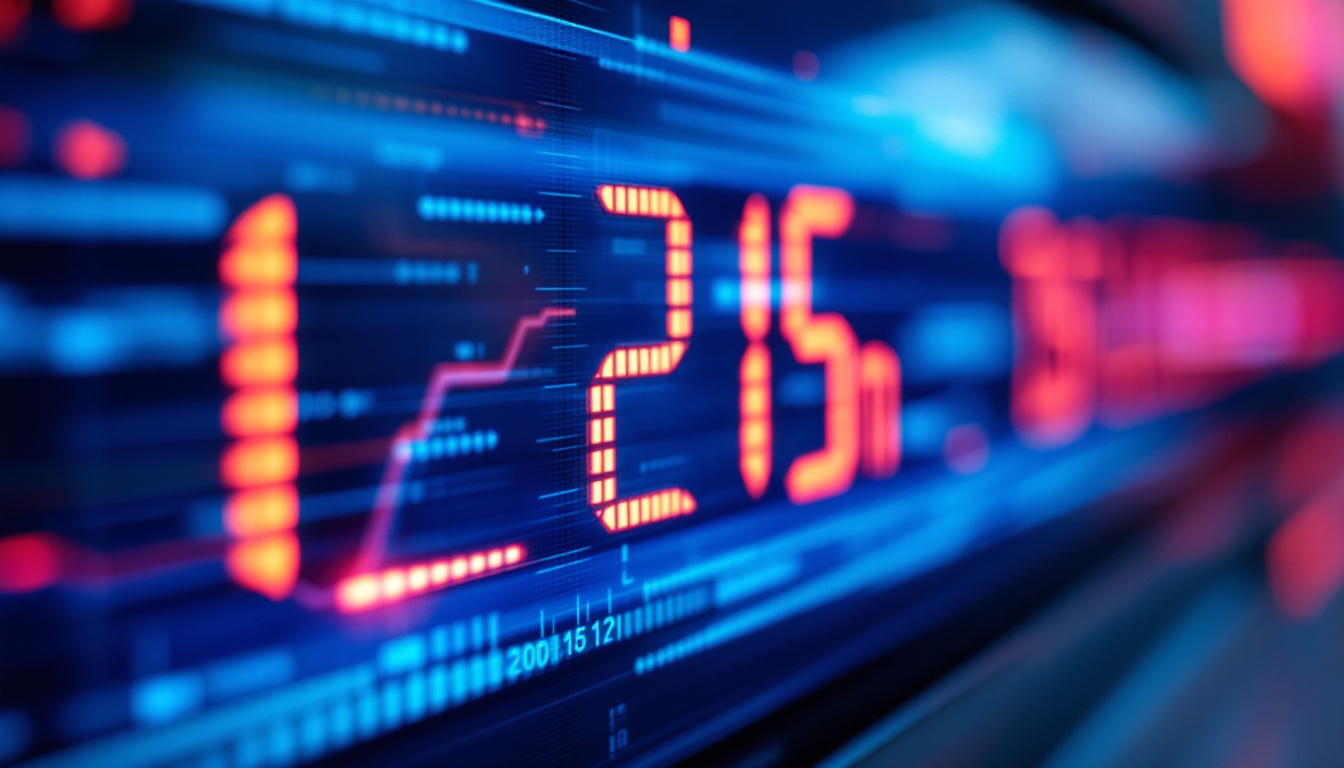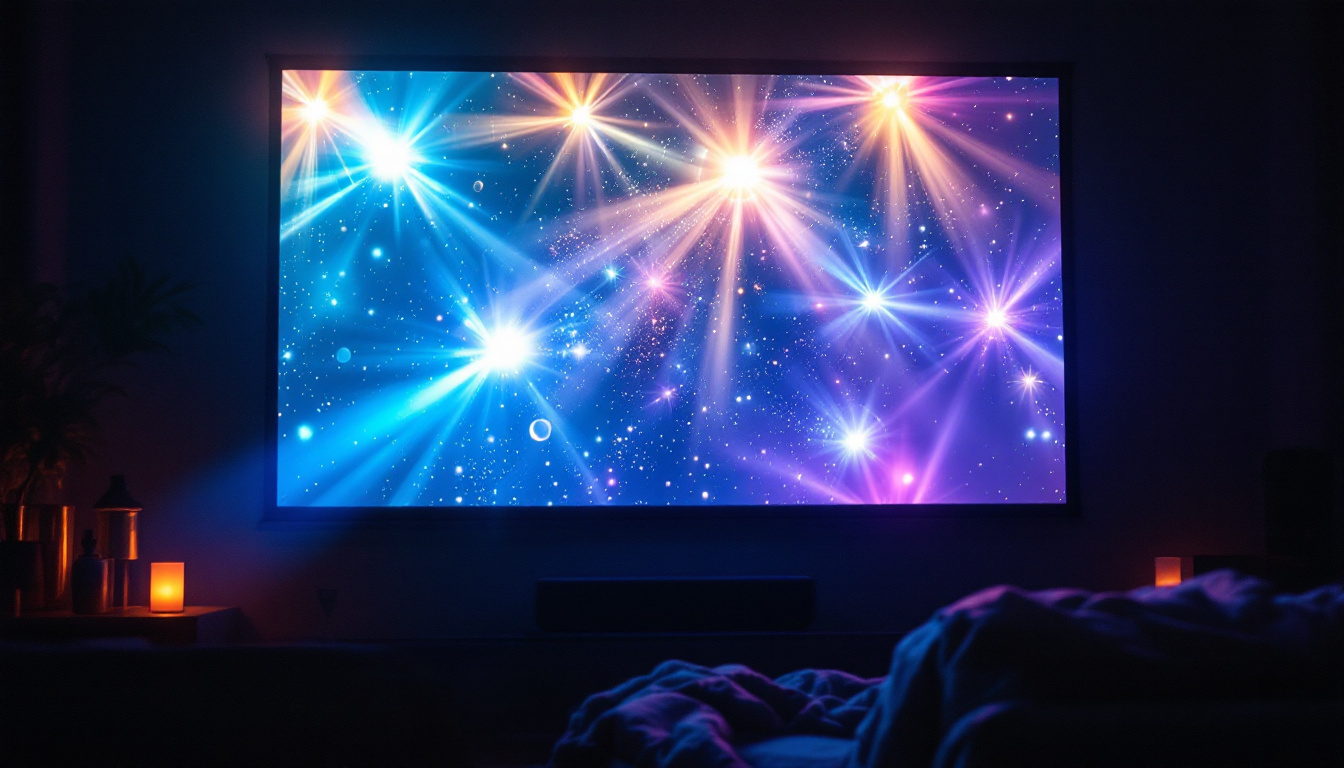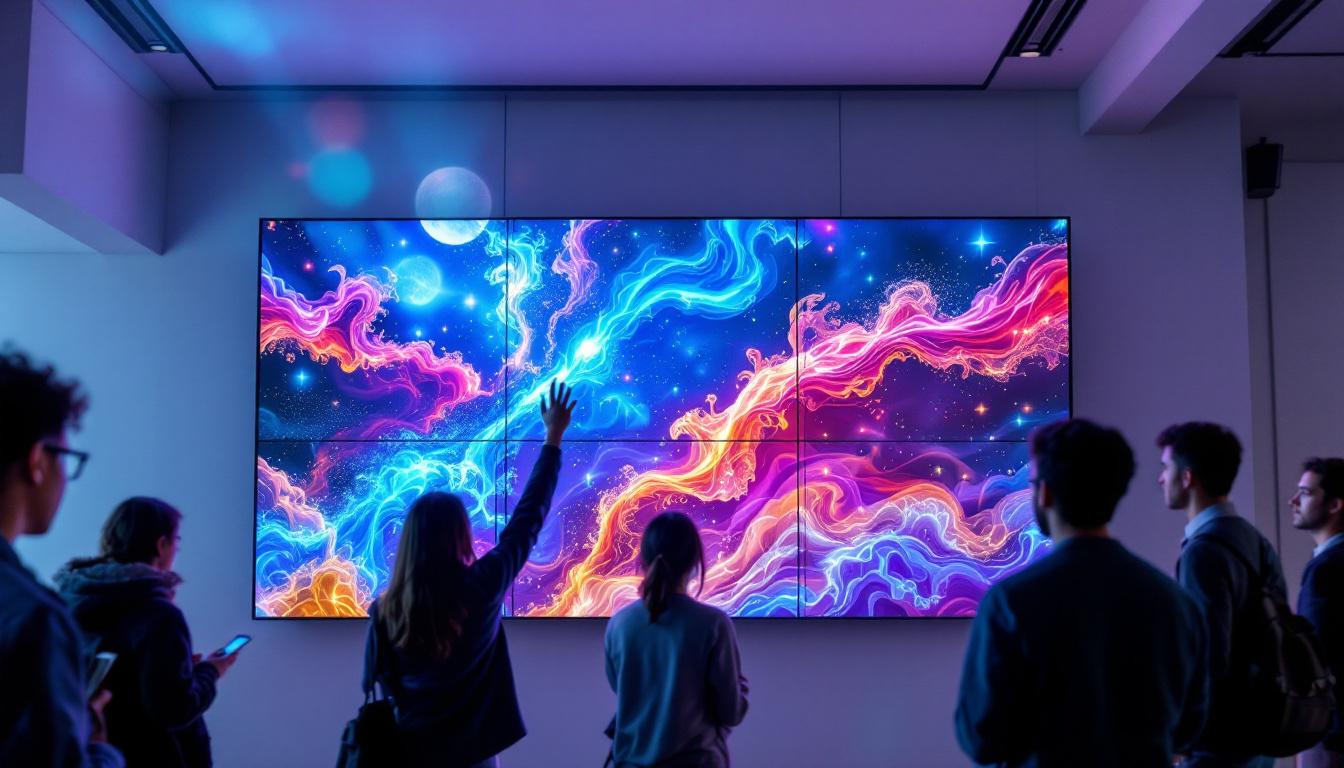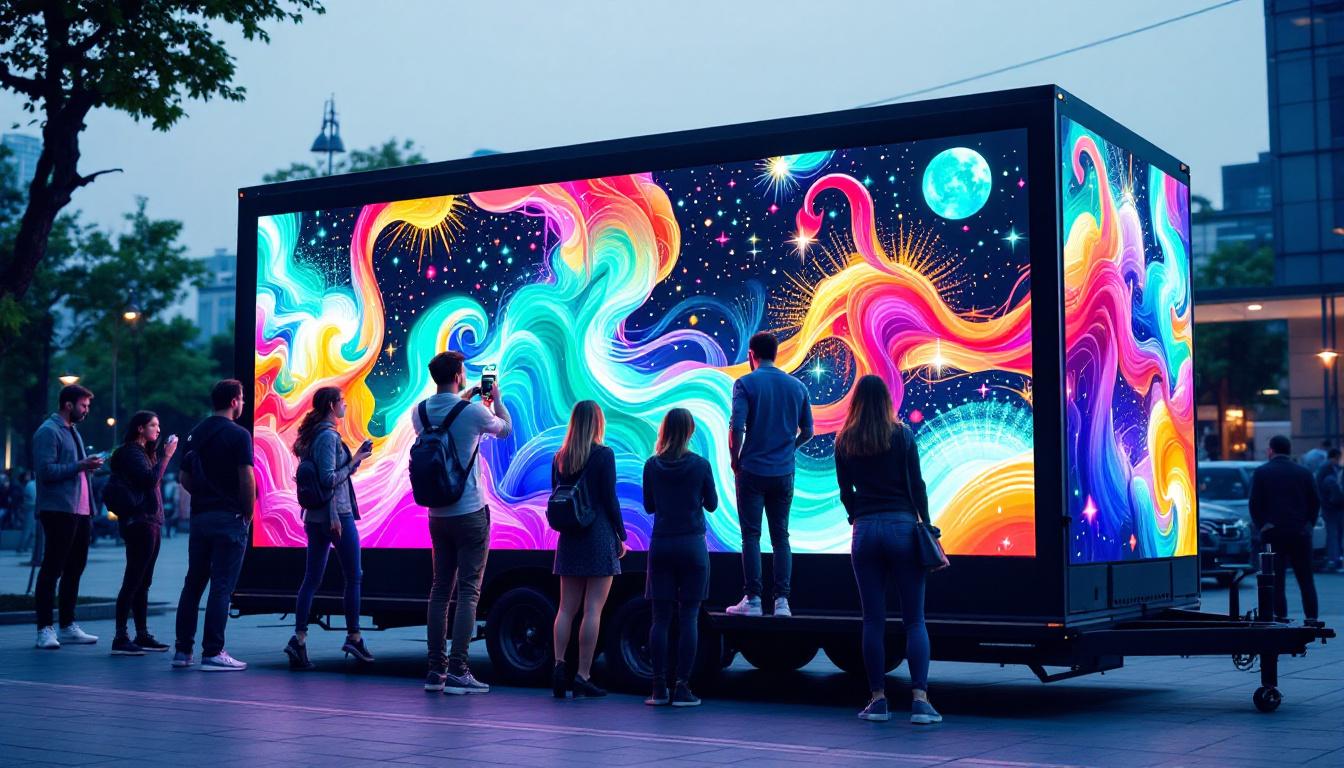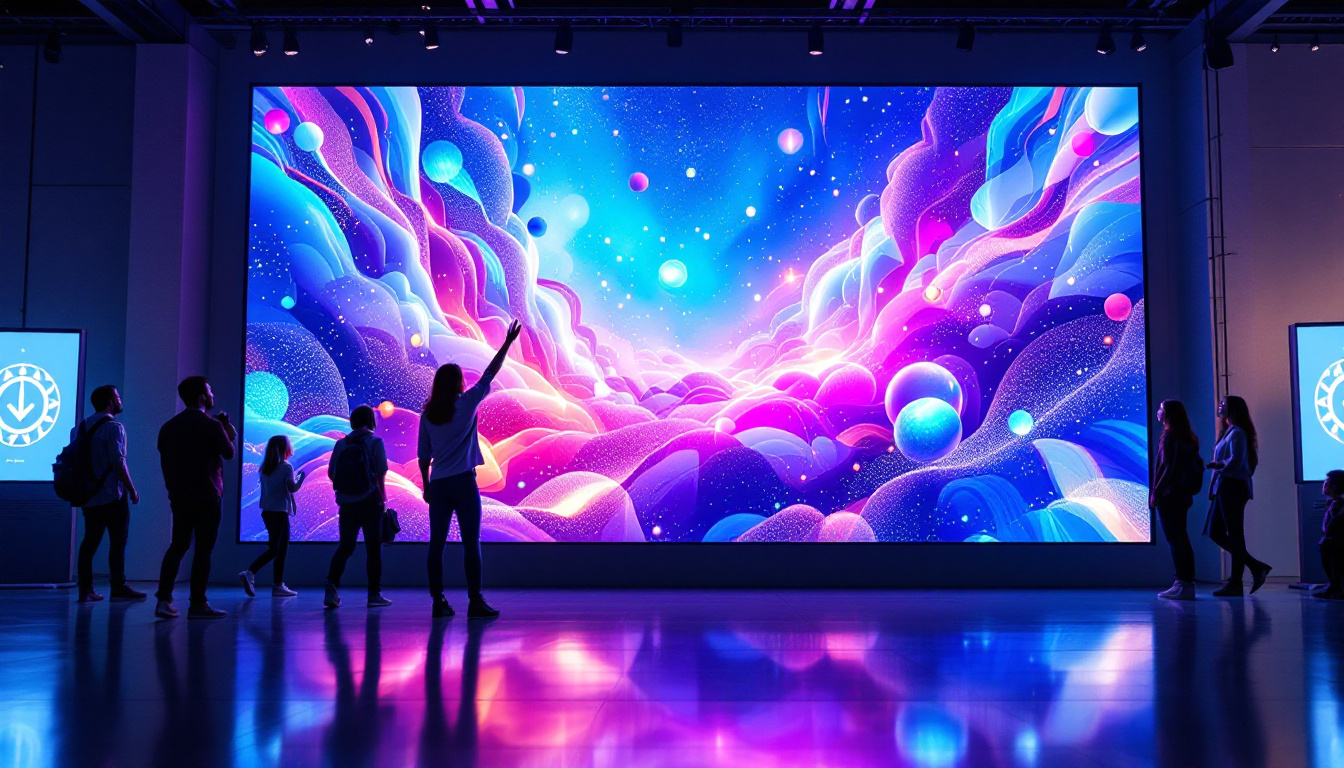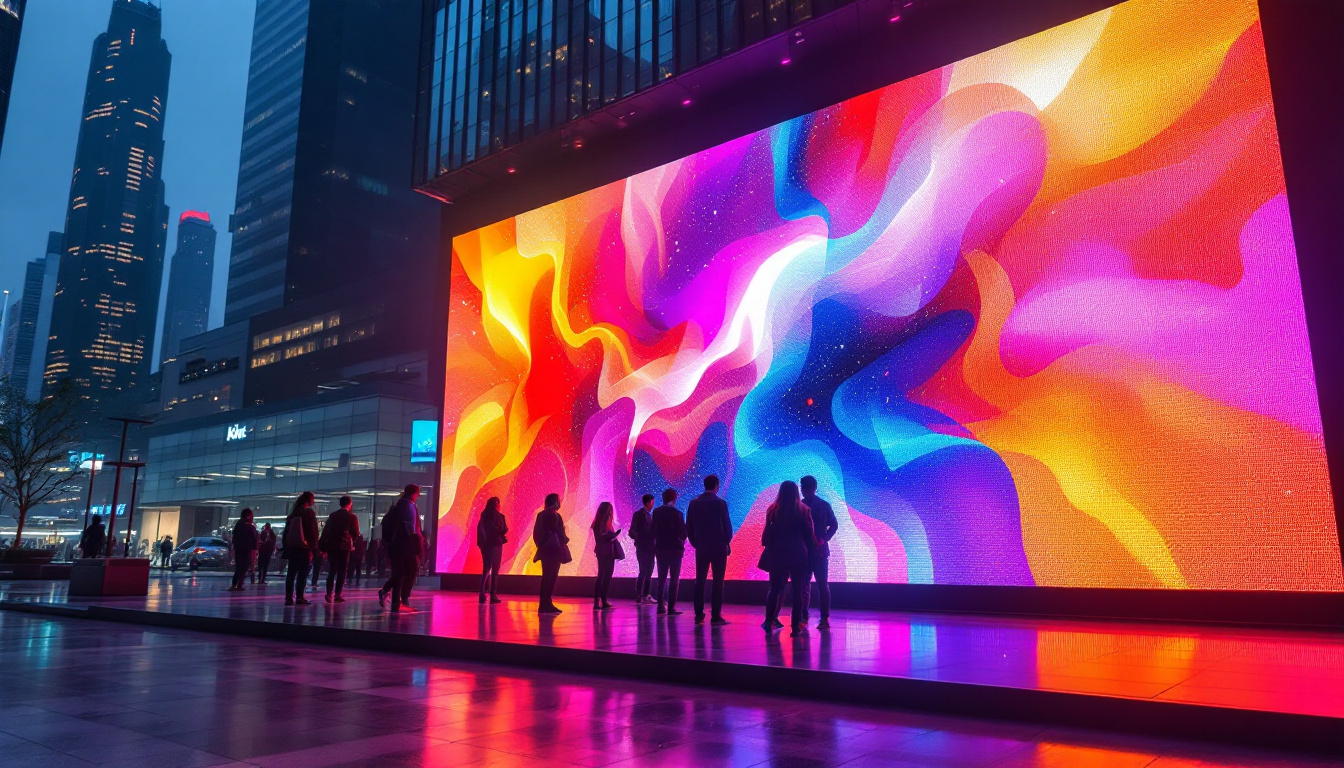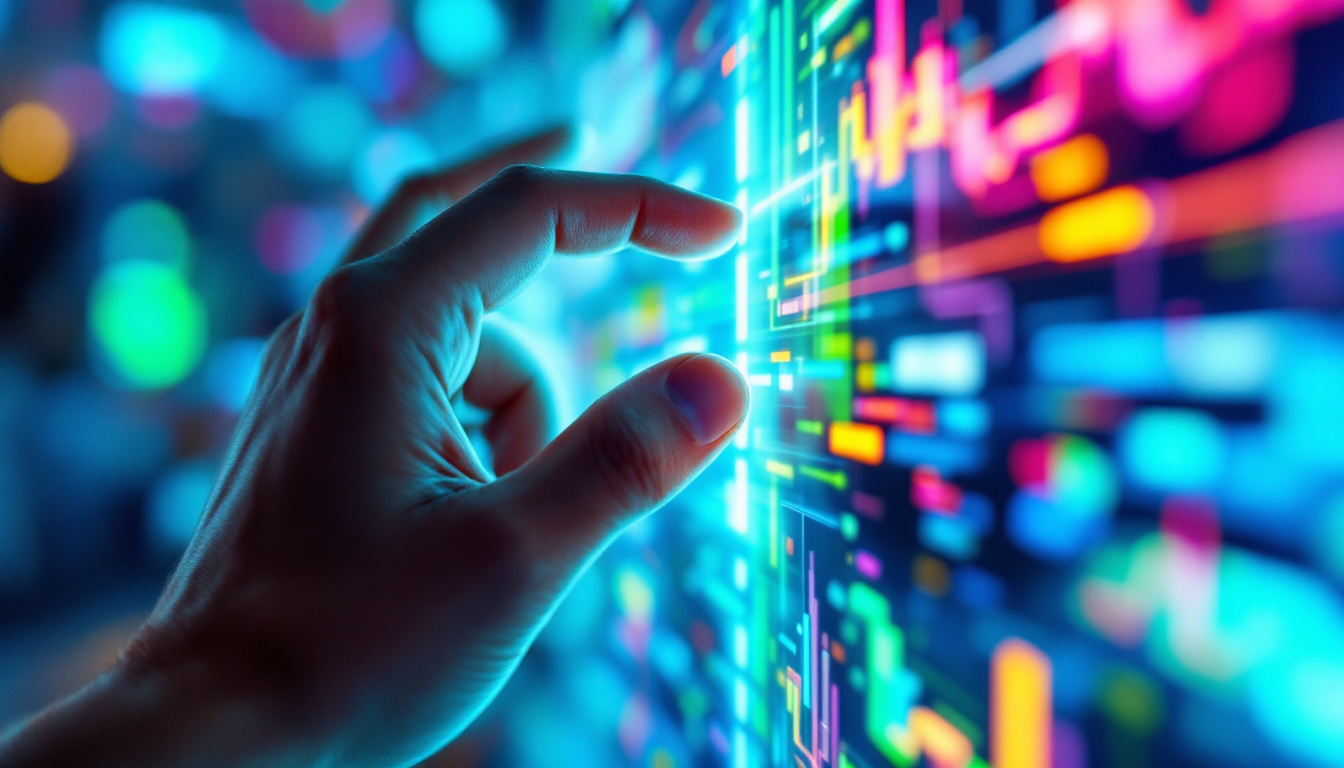In the rapidly evolving landscape of retail, digital displays have emerged as a pivotal tool for enhancing customer engagement and driving sales. Among these, LED displays stand out for their versatility, brightness, and energy efficiency. This article delves into the intricacies of LED displays, exploring their technology, applications, benefits, and future trends in the retail sector.
Understanding LED Technology
Light Emitting Diodes (LEDs) are semiconductor devices that emit light when an electric current passes through them. This technology has revolutionized the way displays are created, offering a range of advantages over traditional display technologies such as LCD and plasma. LEDs are not only energy-efficient but also have a longer lifespan, making them a sustainable choice for both consumers and businesses alike. Their compact size allows for innovative designs in various applications, from small screens on handheld devices to massive outdoor billboards.
How LED Displays Work
LED displays consist of an array of tiny light-emitting diodes that work together to create images and text. Each LED can emit different colors, and by combining these colors, a wide spectrum of hues can be produced. The displays are often organized in a grid format, allowing for high-resolution images that are vibrant and eye-catching. The technology behind these displays also includes advanced drivers that control the brightness and color of each individual diode, enabling stunning visual effects and smooth transitions between colors.
The operation of an LED display is relatively straightforward. When electricity is applied to the diodes, they illuminate, and the intensity of the light can be adjusted to create varying levels of brightness. This capability makes LED displays particularly effective in environments with high ambient light, such as retail stores. Furthermore, the rapid response time of LEDs ensures that images can change quickly without any noticeable lag, which is particularly beneficial for dynamic advertising and live event displays.
Types of LED Displays
There are several types of LED displays commonly used in retail settings, each with unique characteristics and applications. These include:
- Indoor LED Displays: Designed for use inside stores, these displays are typically lower in brightness but offer high resolution for detailed images and graphics. They are often used for promotional content, product information, and interactive displays that engage customers.
- Outdoor LED Displays: Built to withstand the elements, outdoor displays are brighter and more durable, making them ideal for storefronts and billboards. These displays can be seen from long distances, making them effective for attracting foot traffic and enhancing brand visibility.
- Transparent LED Displays: These innovative displays allow for visibility behind the screen, making them perfect for window displays without obstructing the view of merchandise. They create a unique shopping experience by blending digital content with physical products, drawing in potential customers with captivating visuals.
In addition to these common types, there are also flexible LED displays that can be bent or shaped to fit unconventional spaces, allowing for creative installations that capture attention. Moreover, advancements in LED technology have led to the development of microLED displays, which promise even higher resolutions and improved color accuracy, setting the stage for the next generation of visual experiences. With continuous innovation, the potential applications for LED technology are virtually limitless, paving the way for smarter and more engaging environments in various industries.
The Role of LED Displays in Retail
LED displays have become integral to modern retail strategies. They serve a variety of functions, from advertising and promotions to enhancing the overall shopping experience.
Enhancing Customer Engagement
One of the primary advantages of LED displays is their ability to capture attention. Bright, dynamic content can draw customers into a store and keep them engaged. Retailers can showcase promotions, new arrivals, or seasonal sales through vivid animations and videos, making the shopping experience more interactive.
Additionally, LED displays can be used to convey essential information, such as store hours, directions, and product details. This not only enhances the shopping experience but also helps customers make informed purchasing decisions. For instance, digital signage can highlight limited-time offers or flash sales, creating a sense of urgency that encourages immediate purchases. Furthermore, integrating social media feeds into LED displays allows retailers to showcase customer testimonials and user-generated content, fostering a sense of community and connection with the brand.
Branding and Identity
LED displays play a crucial role in establishing and reinforcing brand identity. By incorporating brand colors, logos, and themes into display content, retailers can create a cohesive and memorable shopping environment. The dynamic nature of LED displays allows brands to communicate their values and messages in a visually compelling way.
Moreover, the flexibility of LED technology enables retailers to change their messaging quickly in response to market trends or customer preferences. This adaptability is essential in a fast-paced retail environment where consumer interests can shift rapidly. Retailers can even tailor content to specific demographics or times of day, ensuring that the messaging resonates with the target audience. For example, a store might display different promotions during peak shopping hours compared to quieter times, optimizing engagement and sales opportunities. Additionally, the use of high-resolution LED screens can elevate the visual appeal of products, making them more attractive to potential buyers and enhancing the overall aesthetic of the retail space.
Benefits of LED Displays in Retail
Investing in LED displays offers numerous benefits for retailers, making them a worthwhile addition to any marketing strategy.
Energy Efficiency
One of the standout features of LED technology is its energy efficiency. Compared to traditional lighting options, LED displays consume significantly less power, resulting in lower energy bills. This not only benefits the retailer’s bottom line but also aligns with growing consumer demand for sustainable practices.
Many retailers are now prioritizing eco-friendly solutions, and LED displays fit perfectly into this narrative. By reducing energy consumption, businesses can enhance their sustainability credentials and appeal to environmentally conscious consumers. Moreover, the reduced heat output of LED displays means that air conditioning systems do not have to work as hard to maintain a comfortable environment, further lowering energy costs and contributing to a more sustainable operation.
Cost-Effectiveness
While the initial investment in LED displays may be higher than traditional signage, the long-term savings can be substantial. LED displays have a longer lifespan, often lasting tens of thousands of hours, which reduces the need for frequent replacements. Additionally, their low maintenance requirements contribute to overall cost savings.
Furthermore, the ability to update content digitally means retailers can avoid the costs associated with printing and installing new signage. This flexibility allows for quick adjustments to marketing campaigns without incurring additional expenses. Retailers can easily switch messages for seasonal promotions, flash sales, or even real-time updates, ensuring that their marketing efforts remain relevant and engaging. This adaptability not only saves money but also allows businesses to respond swiftly to market trends and consumer behavior, keeping them ahead of the competition.
In addition to cost savings, LED displays can also drive higher customer engagement. The dynamic nature of digital content allows for eye-catching animations and videos that can capture the attention of passersby more effectively than static signs. This increased engagement can lead to higher foot traffic and, ultimately, improved sales. Retailers can also utilize data analytics to assess the effectiveness of their displays, allowing them to refine their strategies and maximize their return on investment.
Challenges and Considerations
Despite their many advantages, LED displays are not without challenges. Retailers must consider several factors before implementing this technology.
Initial Investment
The upfront cost of LED displays can be a barrier for some retailers, particularly smaller businesses. While the long-term savings are significant, the initial expenditure may require careful budgeting and planning.
Retailers should conduct a thorough cost-benefit analysis to determine whether the investment aligns with their marketing goals and financial capabilities. In some cases, leasing options may be available, allowing businesses to spread the cost over time.
Content Management
Effective content management is crucial for maximizing the impact of LED displays. Retailers must ensure that the content is engaging, relevant, and updated regularly to maintain customer interest. This requires a dedicated team or software solutions to streamline the process.
Moreover, the content must be tailored to the target audience and aligned with the overall brand strategy. Poorly executed content can detract from the effectiveness of the display and may even lead to customer disengagement.
Future Trends in LED Displays
The future of LED displays in retail looks promising, with several trends emerging that could shape their evolution.
Integration with Smart Technology
As the retail landscape becomes increasingly digitized, the integration of LED displays with smart technology is on the rise. Retailers are exploring ways to connect displays with customer data, allowing for personalized messaging based on shopper behavior and preferences.
This level of customization can enhance the shopping experience, making it more relevant and engaging for customers. For instance, a display could showcase products based on a shopper’s previous purchases or browsing history, creating a tailored experience that drives sales.
Augmented Reality (AR) Capabilities
Another exciting trend is the incorporation of augmented reality into LED displays. This technology allows retailers to create immersive experiences that blend digital content with the physical environment. For example, customers could use their smartphones to interact with a display, unlocking special promotions or viewing products in 3D.
AR capabilities can significantly enhance customer engagement, providing a unique and memorable shopping experience that sets a retailer apart from competitors.
Conclusion
LED displays are transforming the retail landscape, offering a dynamic and engaging way to connect with customers. Their energy efficiency, cost-effectiveness, and versatility make them an attractive option for retailers looking to enhance their marketing strategies.
As technology continues to evolve, the potential applications of LED displays will only expand, paving the way for innovative solutions that cater to the changing needs of consumers. Retailers who embrace this technology will not only improve their visibility but also create a more engaging shopping experience that drives customer loyalty and sales.
In a world where attention is fleeting, LED displays provide a powerful tool for capturing interest and fostering connections. As the retail sector continues to adapt, the role of LED displays will undoubtedly become even more significant, shaping the future of digital retail.
Discover LumenMatrix’s Innovative LED Solutions
Ready to elevate your retail space with the latest in LED display technology? LumenMatrix is at the forefront of creating immersive and engaging visual experiences that captivate customers and enhance brand visibility. From Indoor and Outdoor LED Wall Displays to specialized solutions like Vehicle, Sports, and Floor LED Displays, our extensive range of products is designed to meet your unique needs. Embrace the future of digital retail with LumenMatrix’s cutting-edge LED display modules. Check out LumenMatrix LED Display Solutions today and transform your retail environment into a dynamic, customer-centric space.

